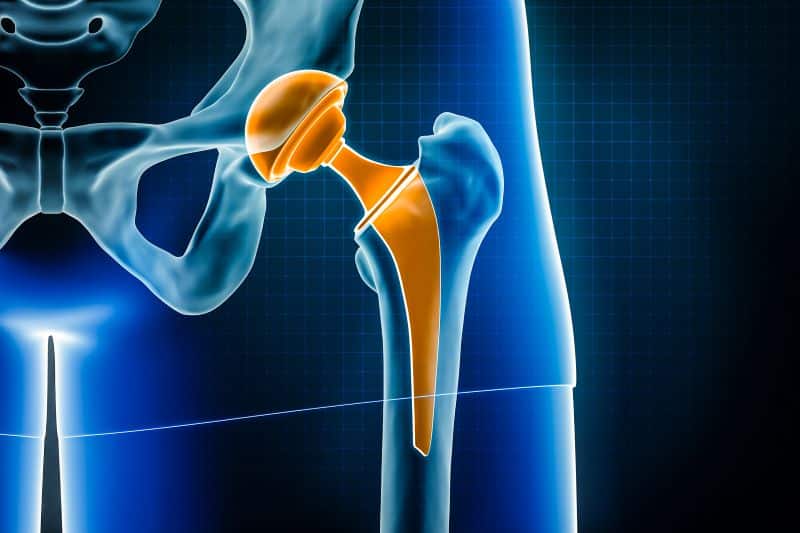Choosing between the anterior and posterior hip replacement approaches is critical for individuals seeking effective relief from hip pain. This comprehensive article aims to shed light on both methods, presenting a balanced comparison to aid in making an informed choice.
Anterior Approach Advantages
The anterior approach to hip replacement has gained acclaim for its minimally invasive nature. This technique, avoiding cutting major muscle groups, significantly reduces post-operative pain and expedites recovery. Patients who opt for this approach often experience a notably lower risk of hip dislocation and enjoy enhanced mobility shortly after surgery. Such benefits have contributed to its increasing popularity among both surgeons and patients.
This approach facilitates a direct path to the hip joint without detaching or cutting through essential muscle groups. This results in less tissue trauma and a potentially lower risk of postoperative complications. The precision and efficiency of this method have made it a preferred choice for many hip replacement surgeries.
Posterior Approach Considerations
Conversely, the posterior approach, steeped in tradition, involves a more extensive procedure. It typically requires the detachment of muscles and tendons at the back of the hip, which can extend recovery times and increase the likelihood of post-surgery complications such as dislocation. Despite its widespread use, patients considering this approach should be aware of these potential drawbacks, especially concerning postoperative restrictions and the extended recovery period.
Surgical Technique Comparison
The fundamental difference between the two approaches lies in their respective surgical techniques. The anterior approach involves an incision at the hip’s front, allowing surgeons to access the joint without disturbing the surrounding muscles. This leads to fewer movement restrictions post-surgery and a more straightforward recovery process.
In contrast, the posterior approach requires an incision at the back of the hip, necessitating the detachment and later reattachment of muscles, potentially impacting surrounding tissues and extending the overall recovery period. Each approach requires specific surgical tools and expertise, influencing a surgeon’s preference and recommendation.
Patient Outcomes
The outcomes for hip replacement patients vary significantly between the anterior and posterior approaches. Generally, those who undergo the anterior approach report quicker recoveries, enabling them to resume daily activities more rapidly. Additionally, long-term outcomes, including mobility and overall patient satisfaction, tend to be more favorable with the anterior method.
Studies have shown that patients undergoing the anterior approach experience less post-operative pain and require fewer pain medications. This aspect significantly contributes to a more comfortable and efficient recovery process, further underlining the approach’s patient-centric benefits.
Rehabilitation and Physical Therapy
Rehabilitation is a vital component of the recovery process, and here again, the anterior approach often leads. Due to the minimally invasive nature of this technique, patients typically require a less intensive and shorter rehabilitation program. This reduced rehab is primarily attributed to the early mobilization encouraged by this approach, reducing both the duration and intensity of physical therapy compared to the posterior method.
The ability to mobilize soon after surgery not only aids in quicker recovery but also minimizes the risk of complications like blood clots and muscle atrophy. This expedited rehabilitation process is a significant factor in why many patients and healthcare providers prefer the anterior approach.
Patient Selection Criteria
Not every patient is an ideal candidate for either approach. Factors such as individual anatomy, age, activity level, and previous hip conditions significantly determine the most suitable method. Patients must engage in thorough discussions with their surgeons, considering these variables to make a well-informed choice.
Patients with specific anatomical considerations or previous hip surgeries might find one approach more beneficial. Considering these individual factors, the surgeon’s assessment is crucial in guiding patients toward the best possible outcome.
Carolina Regional Orthopaedics, P.A.
Choosing between anterior and posterior hip replacements holds significant implications for your path to mobility and pain relief, with the anterior approach often offering substantial benefits such as faster recovery and reduced risk of dislocation. To navigate this important decision and ensure a successful outcome, seeking expert guidance is essential. Our team of specialists at Carolina Regional Orthopaedics is dedicated to helping you understand your options and selecting the approach that best aligns with your individual health needs and lifestyle goals. Contact Carolina Regional Orthopaedics, P.A. today at 252-443-0400 and schedule a consultation.

